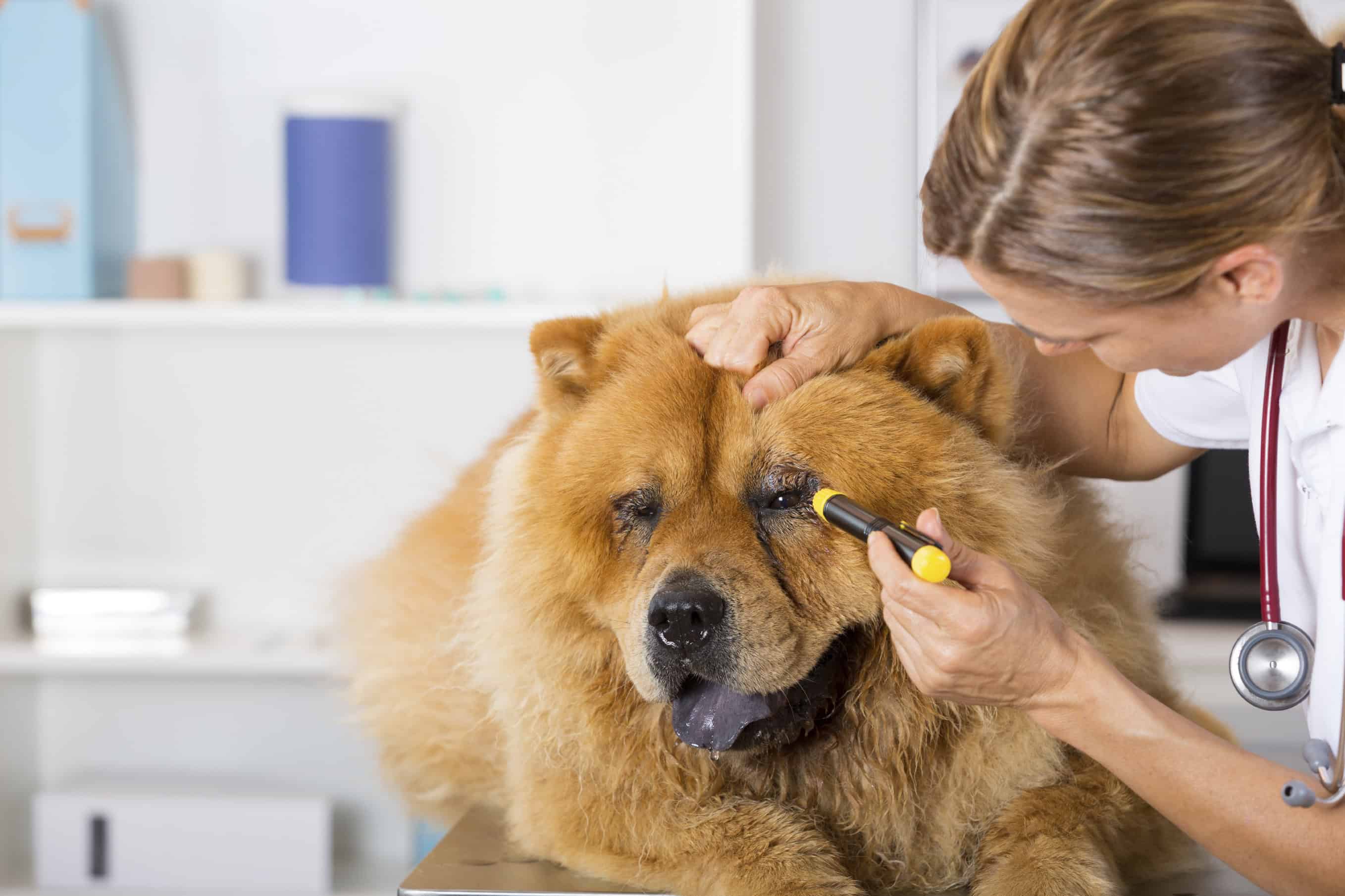Here’s Looking at You: Understanding Pet Eye Care
 Sometimes, it may come as a complete surprise to learn about a developing health problem or condition in your pet. However, when it comes to your pet’s eyes, any symptoms or changes are likely to be pretty obvious. Like all elements of pet wellness, preventive eye care is the best approach. We know you want your companion to fully experience all the sights the world has to offer. With our tips for pet eye care, your four-legged friend will feel – and see – your love!
Sometimes, it may come as a complete surprise to learn about a developing health problem or condition in your pet. However, when it comes to your pet’s eyes, any symptoms or changes are likely to be pretty obvious. Like all elements of pet wellness, preventive eye care is the best approach. We know you want your companion to fully experience all the sights the world has to offer. With our tips for pet eye care, your four-legged friend will feel – and see – your love!
Specifically…
When looking at your pet’s eyes, you should see:
- A distinctive clarity and brightness
- An all white sclera (the area encompassing the eyeball)
- Pupils that are equal in size
- The lining below the eyelid should be a healthy pink, never white or red
The following symptoms could indicate your pet is suffering from a significant eye issue:
- Cloudiness
- Redness around the eye
- Excessive tearing
- Yellow or green discharge
- Pain or sensitivity
- Closed eyes or squinting
- Bulging eye socket
- Light avoidance
- Repetitive rubbing or pawing at the eye
- Uneven pupils or pupils that do not change when levels of light shift
- Difference in the appearance of the eye’s surface (cornea)
- Obvious decrease in vision or depth perception
Common Problems
The most common eye issues include:
- Cataracts
- Corneal ulcer
- Eye infection leading to visible inflammation
- Eye injury
- Eyelid issues such as prolapsed eyelid or an ingrown eyelid
- Glaucoma
- Retinal degeneration
- Eye tumors
Pet Eye Care at Home
A problem can occur suddenly, leading to irreversible damage if not addressed immediately. Alternatively, eye issues can develop in stages, making it difficult to know what’s happening without a thorough physical exam.
To provide at-home pet eye care, consider the following:
- Clean any crustiness around your pet’s eyes, and trim any hairs that grow near the area.
- Make sure topical products never get into your pet’s eyes.
- Never allow your pet to stick his or her head out the window of a moving vehicle. Bugs or other road debris could get lodged in your pet’s eye, leading to an uncomfortable or painful experience.
- Add a few fresh components to your pet’s diet that support vision and eye health. Try lightly steamed carrots, broccoli, sweet potatoes, eggs, or blueberries.
Aging Eyes
As pets age, be on the lookout for common senior pet eye problems. For example, nuclear sclerosis (a closing of the lens) is a typical condition among older pets. Light sensitivity can also creep up on your aging pet. He or she may hesitate to venture into the backyard at night or lay around in the sun like before.
Eye-Opening
Proper pet eye care is an essential part of responsible pet ownership, and the team at Rocklin Ranch Veterinary Hospital is here to help. Please call us with any questions or concerns.

